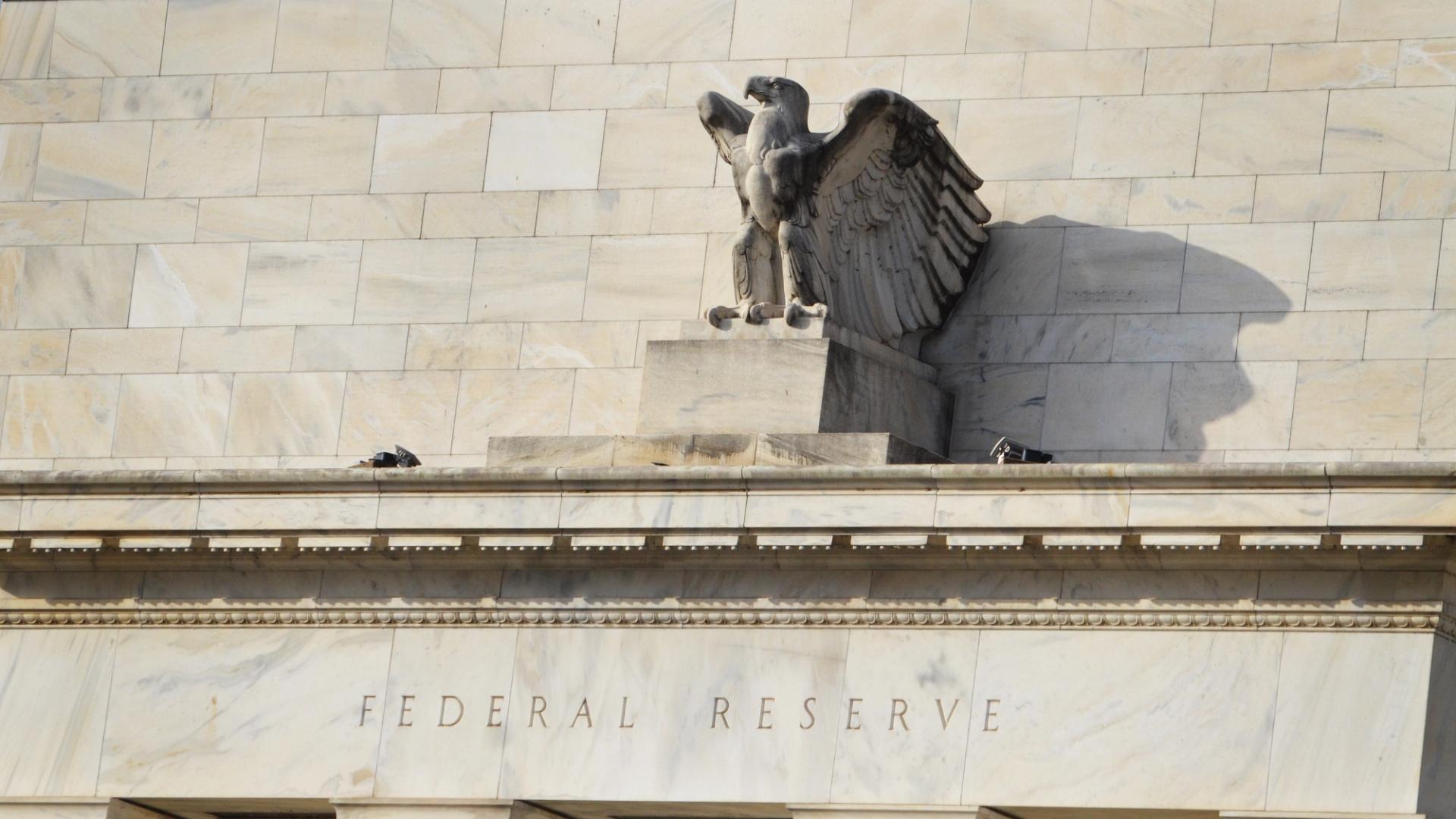Bitcoin's Fate Hinges on Fed Rate Cuts—But Fiscal Concerns Loom

Rate Cut Expectations vs. Economic Realities
The U.S. Federal Reserve is widely expected to cut interest rates by 25 basis points on September 17, pushing the benchmark range to 4.00%-4.25%. Markets anticipate further easing, potentially bringing rates down to around 3% within a year and below 3% by the end of 2026. Bitcoin bulls are betting that these cuts will drive Treasury yields lower, spurring risk appetite. However, this scenario faces significant challenges.
While short-term Treasury yields might decline, longer-term yields could remain elevated due to fiscal pressures and persistent inflation.
Debt Supply Concerns
Increased Treasury issuance to finance tax cuts and spending is expected to put upward pressure on yields. The Congressional Budget Office estimates that recent policies could add over $2.4 trillion to deficits over the next decade, increasing debt by nearly $3 trillion, potentially $5 trillion if made permanent.
A larger debt supply typically reduces bond prices and increases yields.
Analysts at T. Rowe Price noted that the U.S. Treasury’s move to issue more notes and bonds will likely push longer-term yields higher.
Fiscal concerns are already impacting longer-duration Treasury notes, with investors demanding higher yields for lending to the government for extended periods.
The widening spread between 10- and 2-year yields signals increasing unease about fiscal policy.
Kathy Jones, from the Schwab Center for Financial Research, suggests investors require higher yields for long-term Treasuries to compensate for inflation risk and potential dollar depreciation due to high debt levels.
Persistent Inflation
Despite a potentially weakening labor market that might push the Fed to cut rates, recent inflation figures complicate the picture.
When the Fed began cutting rates last September, year-on-year inflation was 2.4%. Last month, it reached 2.9%, the highest since January. This resurgence of inflation weakens the argument for aggressive rate cuts and lower Treasury yields.
Rate Cuts Already Priced In?
Yields have already fallen, potentially reflecting market anticipation of Fed rate cuts. The 10-year yield recently dipped to 4%, the lowest since April 8, a drop of over 60 basis points from its May high.
ING's Padhraic Garvey suggests the drop to 4% might be an overshoot, warning that higher inflation figures could create problems for long-end yields.
It's possible that rate cuts are already factored into current yields, leading to a potential rebound after the September 17 move, similar to patterns observed in 2024.
Lessons from 2024
Leading up to the September 2024 rate cut, the 10-year yield fell by over 100 basis points to 3.60%.
Despite further rate cuts in November and December, the 10-year yield bottomed out in September and subsequently rose to 4.57% by year-end, eventually peaking at 4.80% in January.
ING attributes this upswing to economic resilience, sticky inflation, and fiscal anxieties. As of now, weakened economic conditions are coupled with worsened inflation and fiscal concerns, raising the possibility of a similar pattern repeating.
Implications for Bitcoin
While Bitcoin rallied significantly between October and December 2024, despite rising long-term yields, this surge was driven by optimism around pro-crypto regulatory policies and corporate adoption. However, a year later, these factors have diminished.
Therefore, the potential for rising yields to negatively impact Bitcoin cannot be ignored.